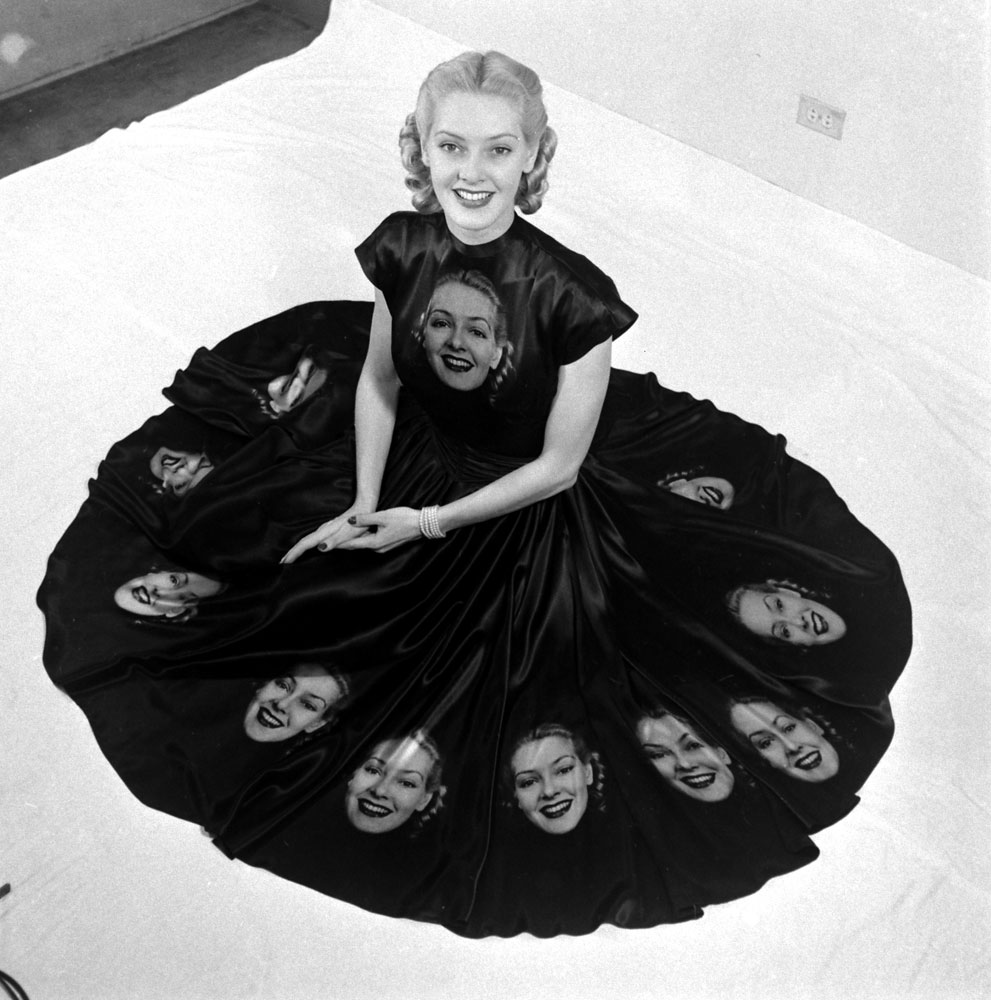
“Until now,” LIFE magazine told its readers in December 1947, “anyone claiming to have seen a dinner dress decorated with life-size photographs of the wearer would have met with breath-sniffing suspicion or clinical alarm. Today, however, such dresses can be made and photographs of everything from animals to pearl necklaces are being printed not only on dress fabrics but on upholstery, pillows, ties, bathing suits and lingerie.”
That LIFE devoted several pages and numerous photographs to reporting on this new development (lame pun intended) is an indication of just how remarkable the achievement really was. Remember: This was happening 65 years ago. Men and women had been pushing the technical limits of photography ever since the medium was born, well over a century before — but no one , it seems, had ever bothered to devote the energy, time and money it would take to devise a method for printing pictures directly on to fabric. Two New York-based companies were out to change that grave dereliction: by 1947, the “photographic fabrics [were] being produced in quantity by two new and rival processes.”
Both methods depend on a series of secret chemicals and dyes with which fabric is impregnated to make it light-sensitive. In the Foto-Fab process used by Leize, Inc. of New York a light shining through a negative film makes a positive print on cloth. In the Photone process of Ross-Smith Corp., also of New York, a positive film is used.
For the textile-printing industry photographic fabrics are the big news of the year. Although now limited to a group of restrained monotones, both pioneering companies are working to develop techniques that will give them full-color photographs on fabric and an opportunity to compete vigorously with traditional methods of printing fabric.
[See more vintage science & technology on LIFE.com.]
Today, of course, there are countless companies, and indeed entire industries, dedicated to printing photographs on every and any surface imaginable. Nevertheless, there’s something genuinely endearing about the pictures in this gallery — as if the act of printing photographs on fabrics was not merely a spiffy technological coup, but something akin to a small miracle.
That said, we should probably ask ourselves how our own era’s giddy reporting on emerging technology will be viewed a hundred — hell, even five — years down the road. Will our breathless enthusiasm (The new iPhone is here! The new iPhone is here!) feel equally quaint? Will today’s cutting-edge tech feel similarly clunky and utterly “meh”?
Liz Ronk, who edited this gallery, is the Photo Editor for LIFE.com. Follow her on Twitter @lizabethronk.

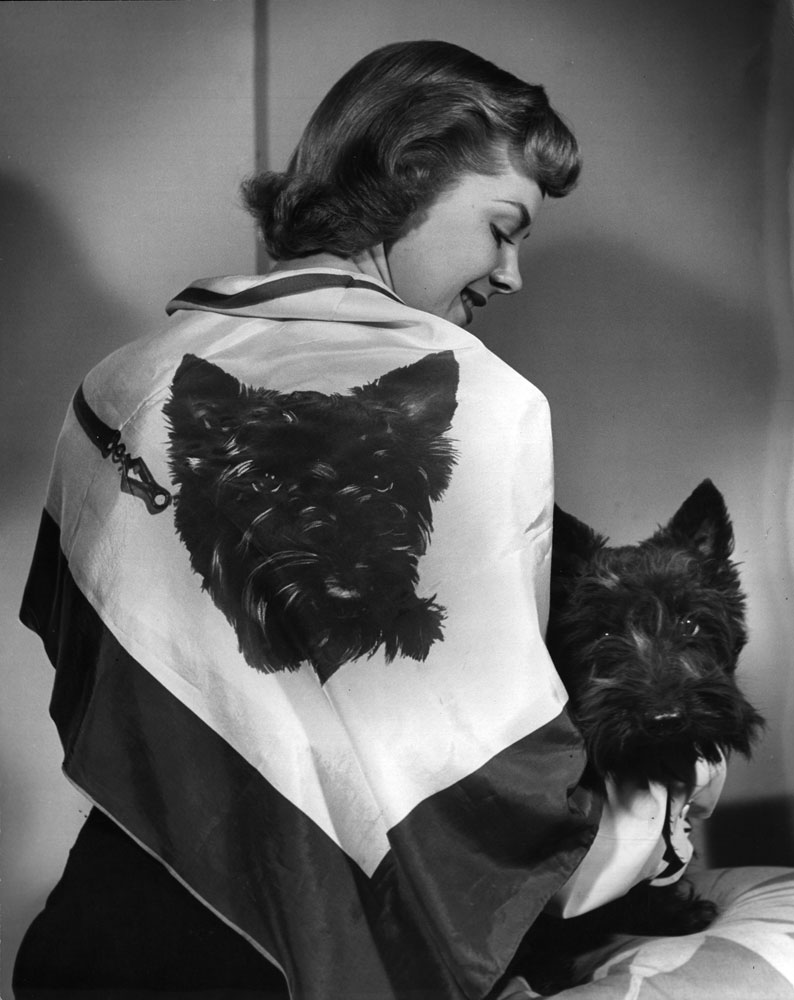
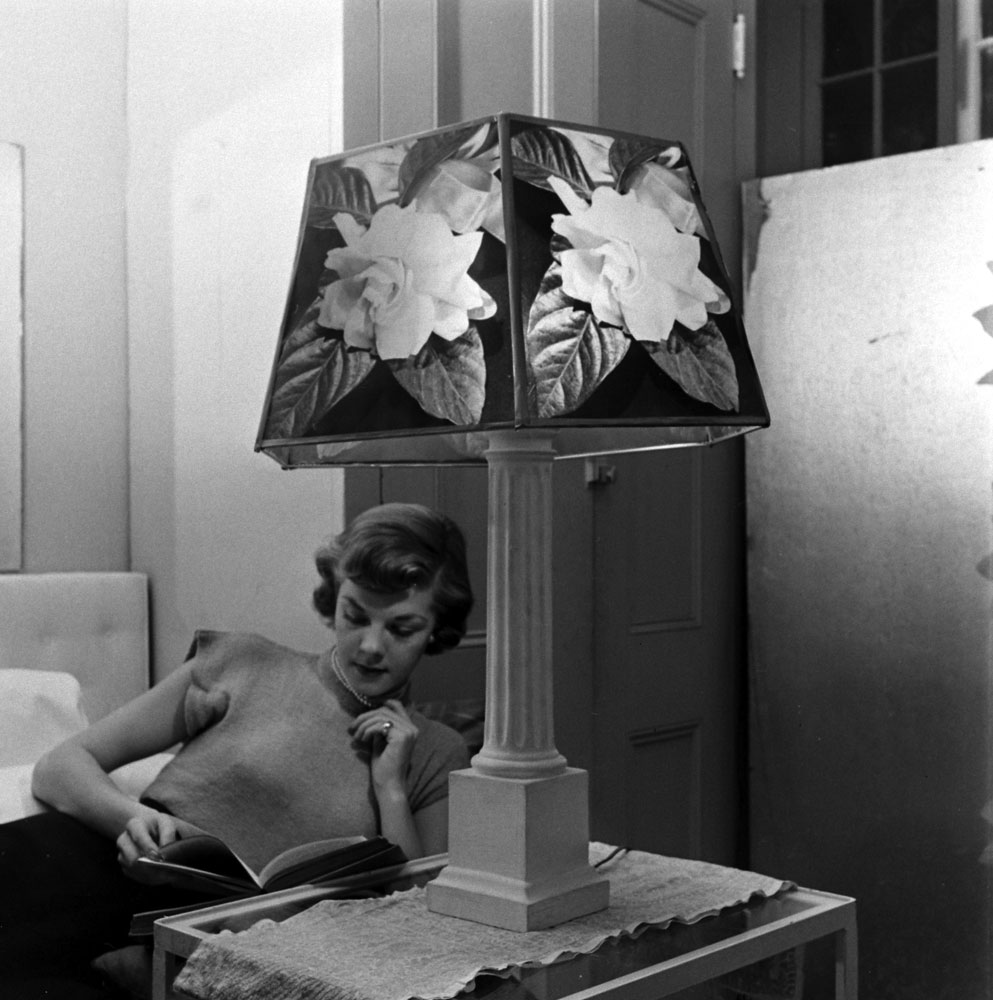

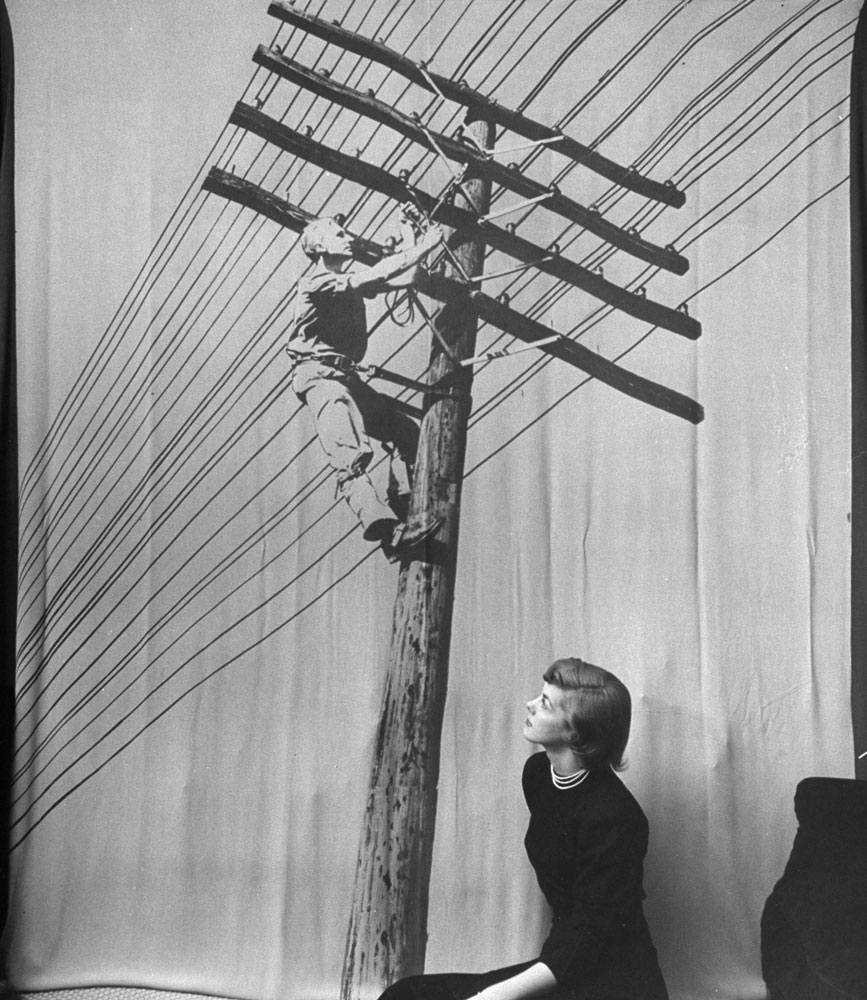
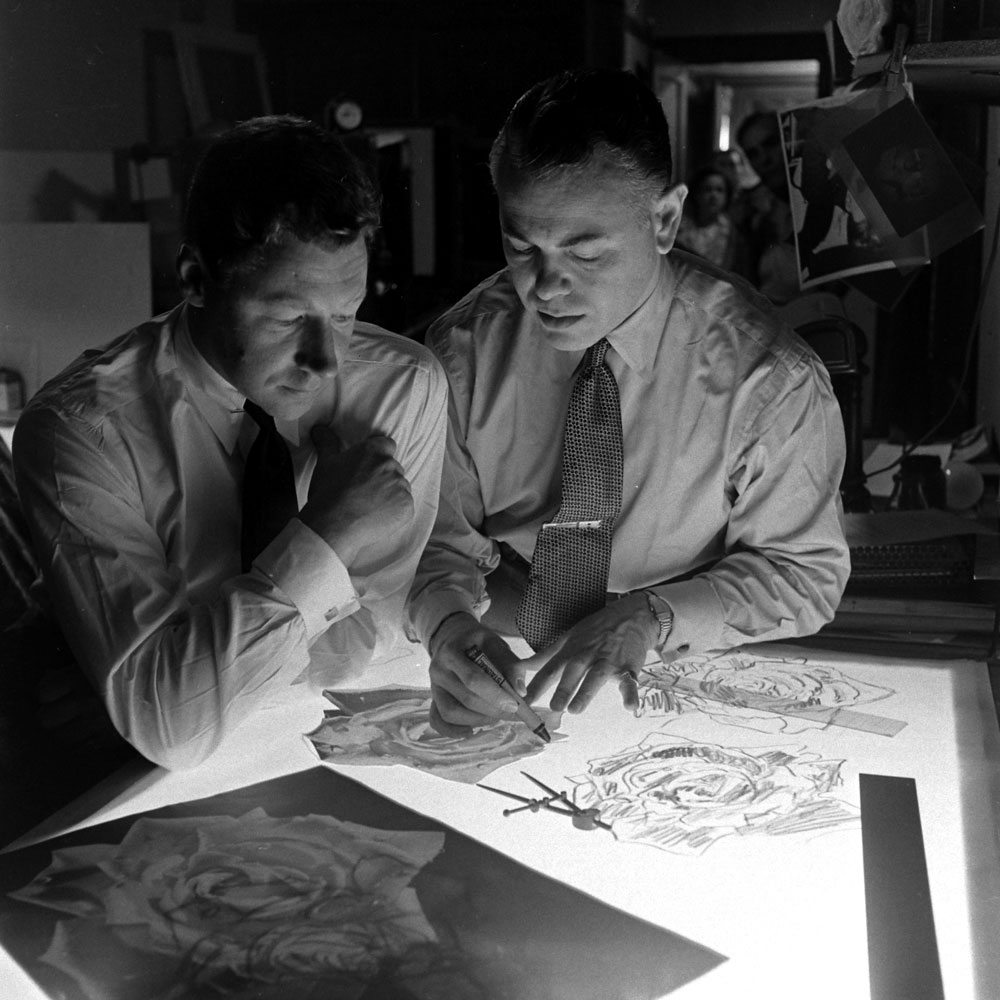

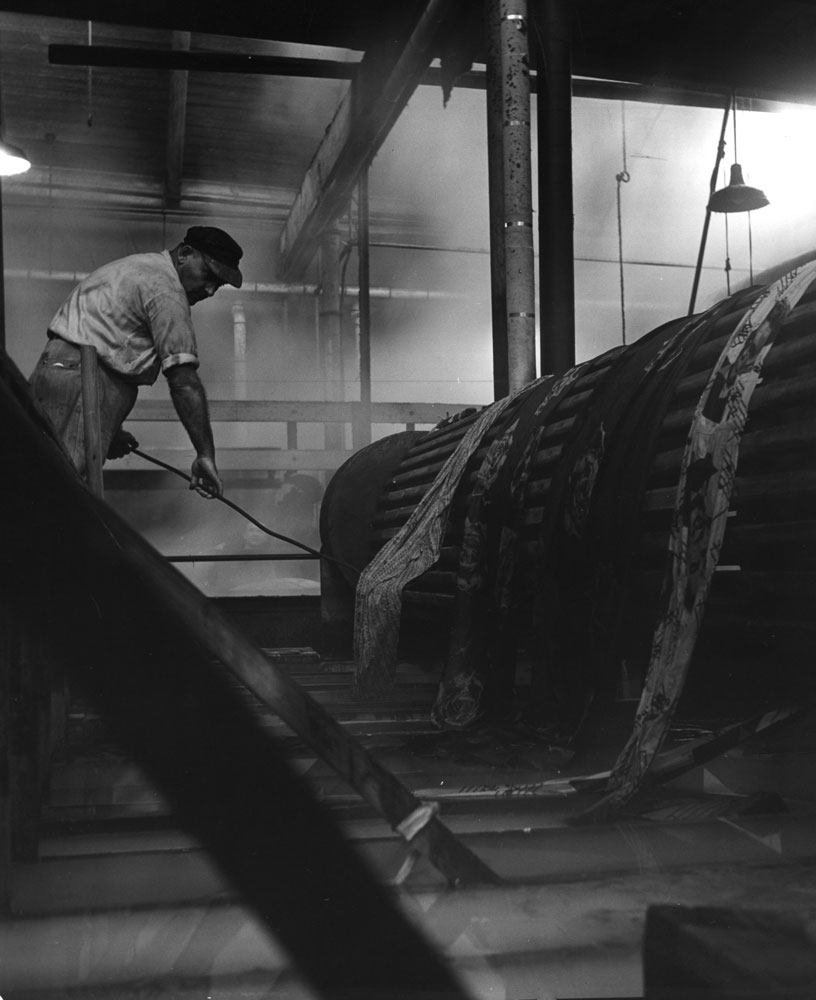

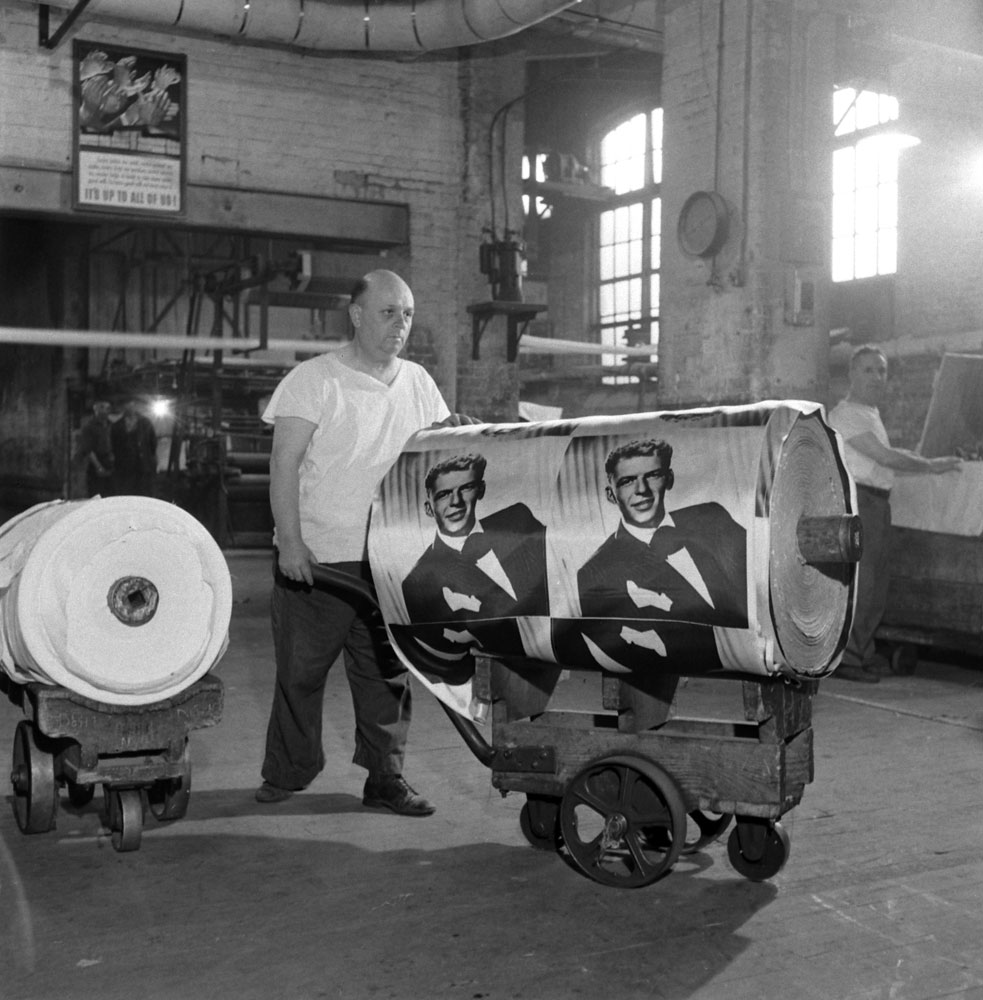

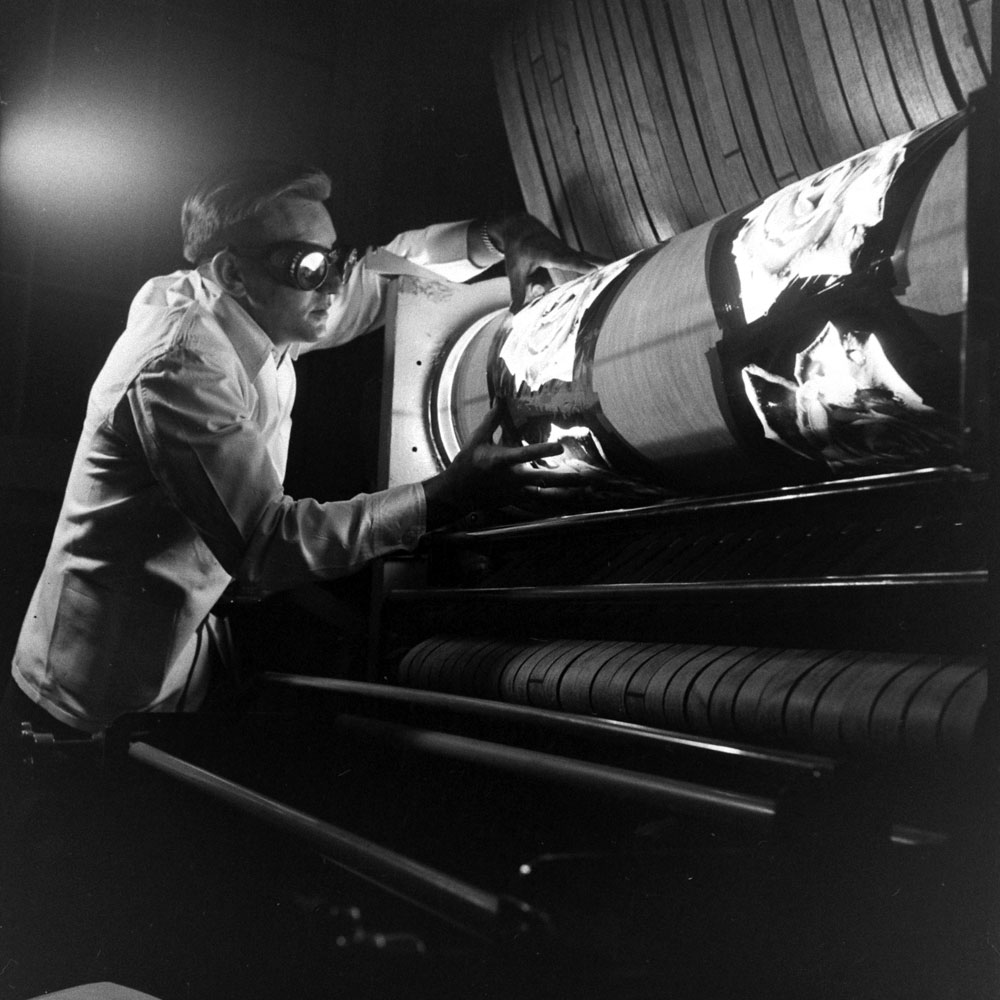

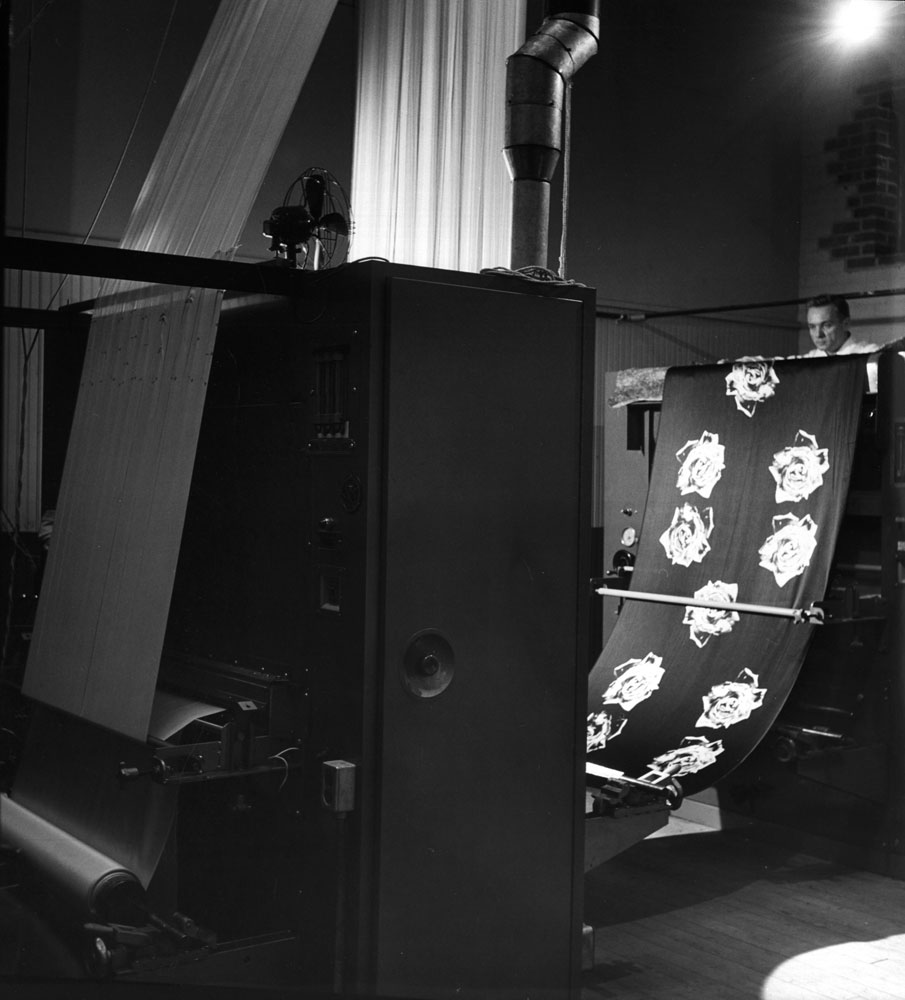
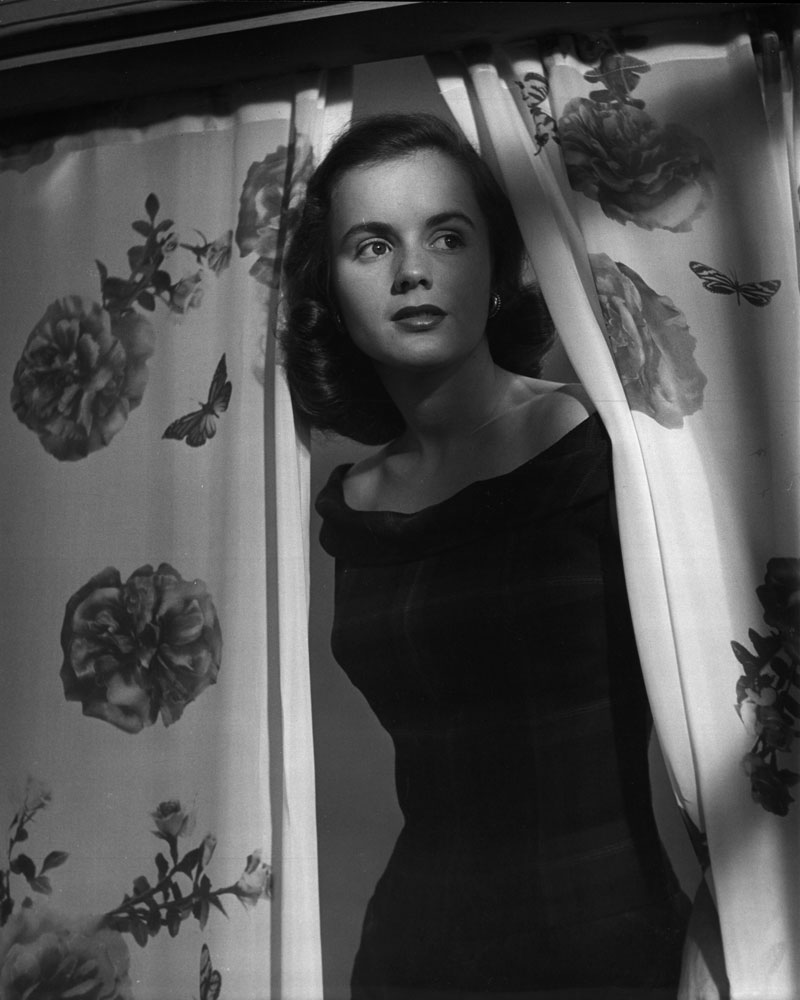


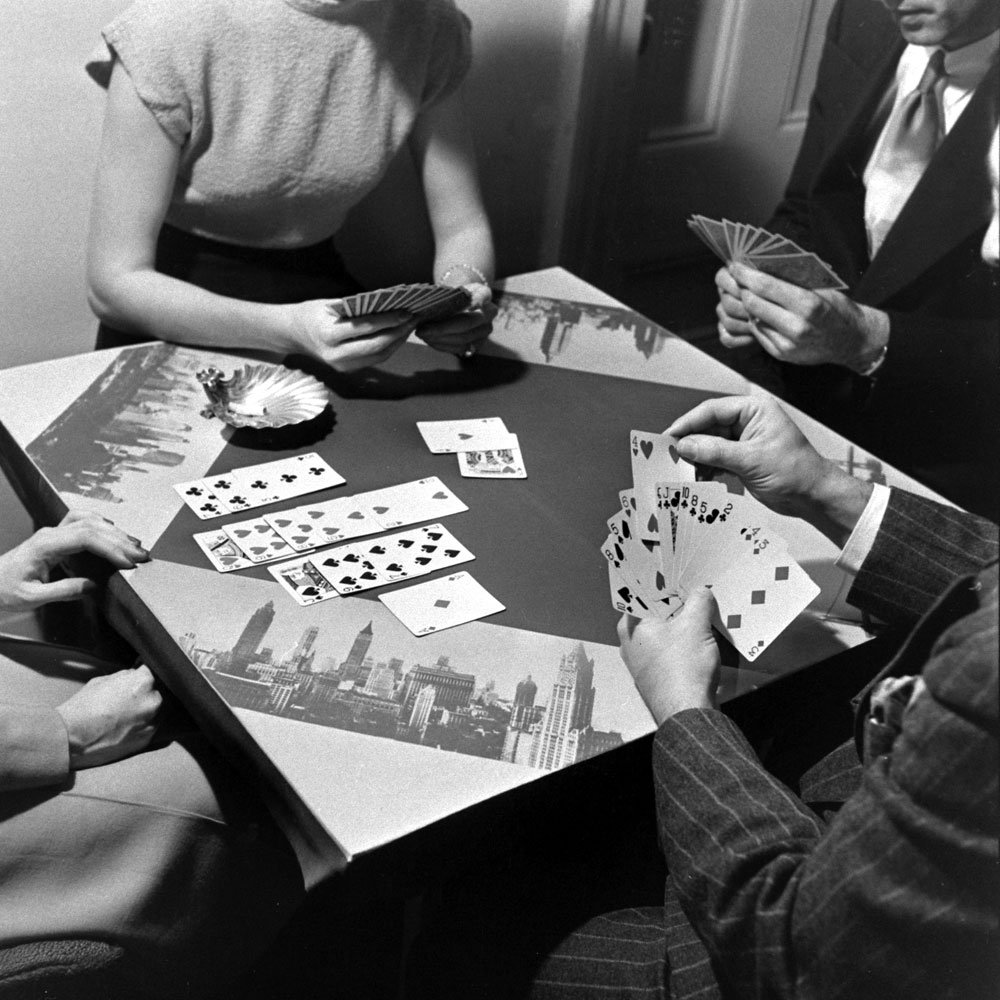
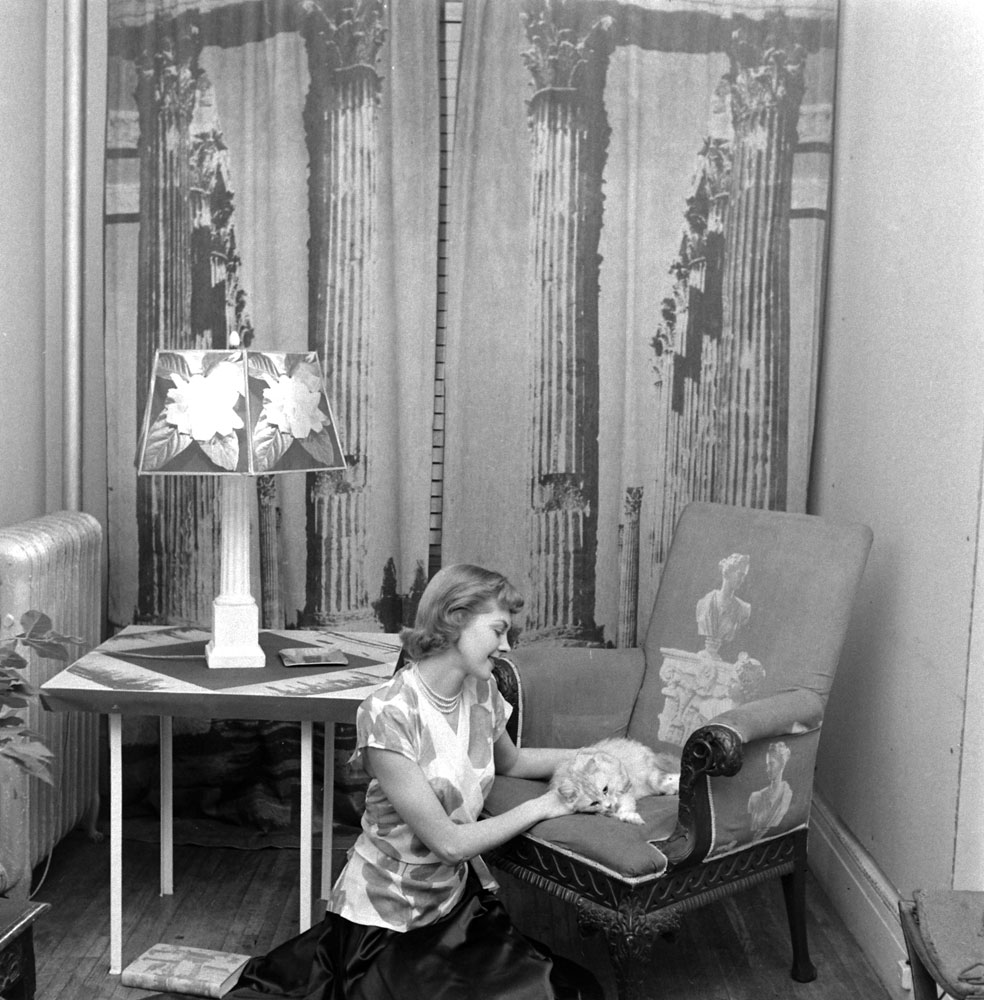
More Must-Reads From TIME
- The 100 Most Influential People of 2024
- The Revolution of Yulia Navalnaya
- 6 Compliments That Land Every Time
- What's the Deal With the Bitcoin Halving?
- If You're Dating Right Now , You're Brave: Column
- The AI That Could Heal a Divided Internet
- Fallout Is a Brilliant Model for the Future of Video Game Adaptations
- Want Weekly Recs on What to Watch, Read, and More? Sign Up for Worth Your Time
Contact us at letters@time.com